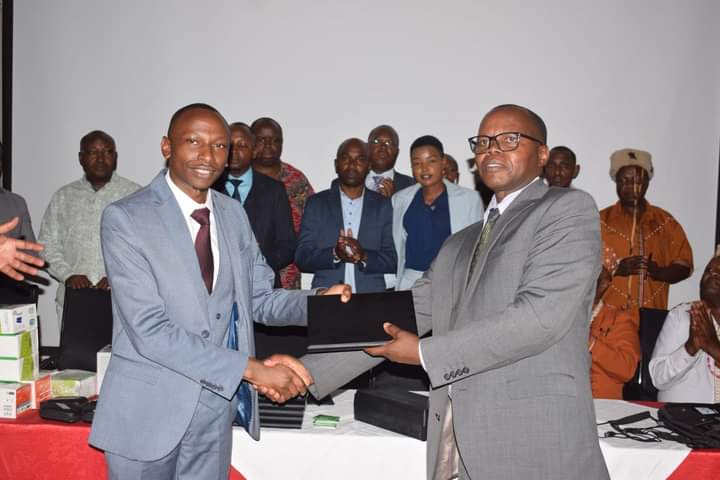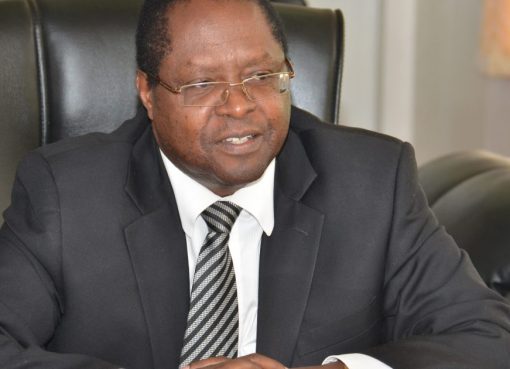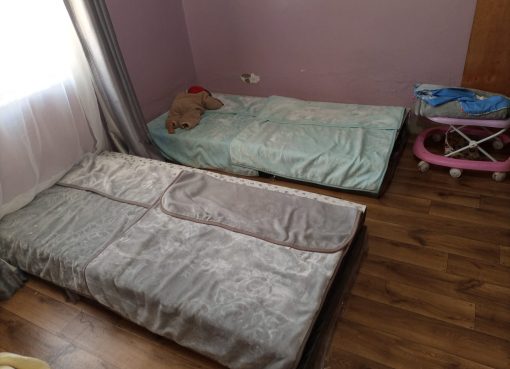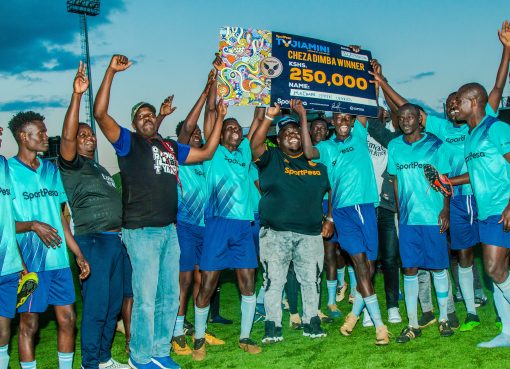Murang’a county government in conjunction with National Museums of Kenya has launched a pilot Traditional Knowledge documentation and digitalization programme that will document indigenous knowledge in the county.
Deputy Governor Stephen Munania speaking on behalf of Governor Dr. Irungu Kang’ata during indigenous knowledge documentation and digitization (IK DoDi) capacity building workshop on Friday at a Murang’a hotel said that the county will start the process of documentation of indigenous knowledge to preserve the people’s culture
The Ministry of Sports, Culture and Heritage through the National Products Industry (NPI), a Kenya vision 2030 flagship project based in National Museum of Kenya is implementing this programme in partnership with county governments and other relevant agencies to enhance protection, promotion and value addition of Kenya’s traditional knowledge and associated assets.
The Deputy Governor said that Murang’a County is the cradle of the Agikuyu people and through documentation of indigenous knowledge and historical sites it is able to protect the livelihood of its people through culture and tradition.
“Culture and tradition are part of our people and economy and the county wants to ensure that this knowledge is protected and preserved,” said Munania.
Munania said that by documenting and preserving the indigenous knowledge, the county is opening up opportunities for its people because this knowledge can be utilized in tourism and trade and any other service industry as a result of a well-documented digitized system.
“Our people should benefit in terms of the activities pertaining to culture and knowledge,” he said adding tourism earns 20 percent of the country’s GDP and part of it comes from culture and tradition.
He said the county has a wide variety of indigenous assets that can be subjected to value addition and commercialization to benefit the people.
Dr. Evans Taracha, the coordinator of Natural Products Industry programme at National Museums of Kenya said that during the implementation of the programme, each county will work with indigenous people and local communities to identify the historical sites and indigenous knowledge for documentation.
“It is expected that the programme will lead to enhanced protection, promotion and value addition of Kenya’s traditional knowledge and associated assets,” said Taracha.
Taracha said that the programme is part of the national government’s efforts to operationalize Kenya’s ‘Protection of Traditional Knowledge and Expression Act 2016 to establish mechanisms for a digital repository for traditional knowledge and cultural expressions.
According to Taracha, one of the famous indigenous knowledge assets that has been identified in Murang’a for documentation include Mukurwe Wa Nyagathanga heritage site.
“This site is a very rich source of information and knowledge about the origin of the Agikuyu people,” he said adding that once it is documented in its fullness it is going to be protected and lend itself to value addition for education purposes and tourism attraction.
Other indigenous knowledge and assorted assets to be documented include traditional foods, traditional medicine, and traditional pottery.
The programme will be implemented in phases where piloting is being done in Murang’a among other 12 counties including Kilifi, Makueni, Garissa, Tharaka Nithi, Marsabit, Kericho, Narok, Turkana, Kakamega, Vihiga, Siaya and Kisii counties.
By Anita Omwenga





